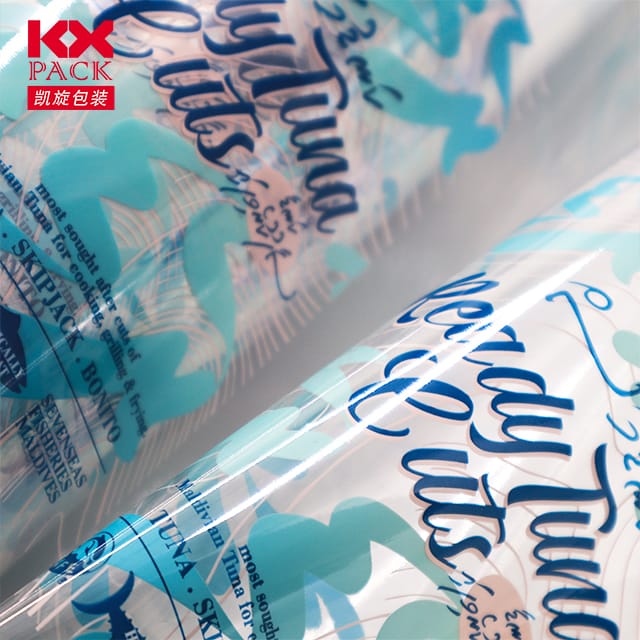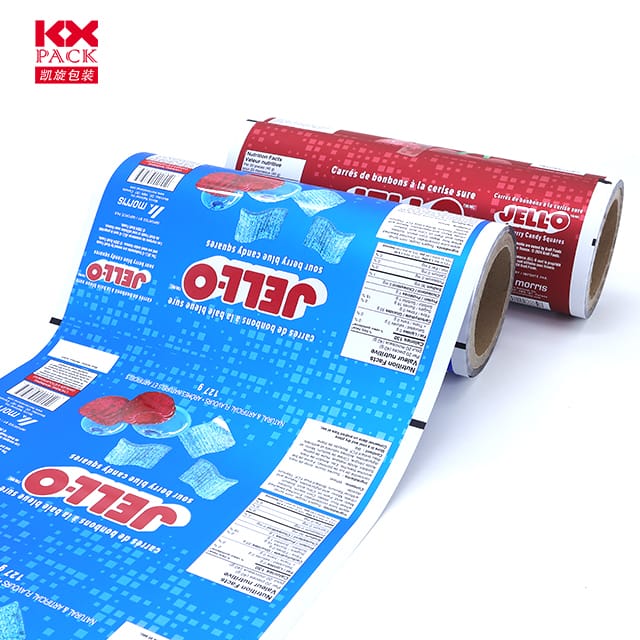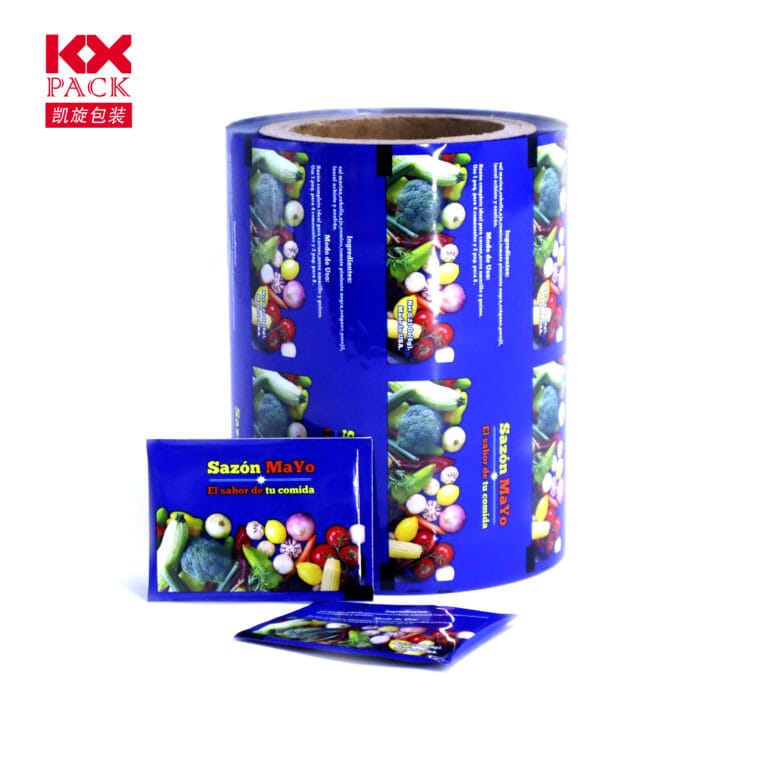პლასტიკური შეფუთვის ფილმის ევოლუცია და მომავალი: ინოვაციისა და მდგრადობის დაბალანსება
პლასტიკური შეფუთვის ფილმი
Plastic packaging film is ubiquitous in modern life, ყველაფრის შეფუთვა ახალი პროდუქტიდან ელექტრონიკამდე, ტრანზიტის დროს საქონლის დაცვა, და შენახვის ვადა. ჯერ, მისი მოხერხებულობა დაინიშნა გარემოსდაცვითი შეშფოთების გამო. როგორც ინდუსტრიები და მომხმარებლები უფრო მეტად პრიორიტეტულობენ მდგრადობას, პლასტიკური შეფუთვის ფილმის მომავალი ინოვაციაზეა დამოკიდებული, პასუხისმგებელი დიზაინი, and a shift toward circular economies. Let’s explore the current landscape, გამოწვევები, and emerging solutions in the world of plastic packaging film.
1. The Role of Plastic Packaging Film in Modern Industry
Plastic packaging film serves critical functions across industries:
- შენარჩუნება: ბარიერი თვისებები (მაგ., ჟანგბადი, ტენიანობა, or UV resistance) შეინახეთ საკვები სუფთა, ნარჩენების შემცირება, and ensure product safety.
- ხარჯების ეფექტურობა: Lightweight and flexible, plastic films lower shipping costs and material usage compared to alternatives like glass or metal.
- მრავალფეროვნება: From shrink wraps and cling films to laminated pouches and stretch films, the variety caters to diverse applications.
თუმცა, traditional plastic films, often made from non-renewable fossil fuels like polyethylene (PE) ან პოლიპროპილენი (PP), contribute to pollution when discarded improperly. Single-use plastics, კერძოდ, have become a symbol of environmental neglect, prompting urgent calls for change.
2. Environmental Challenges: The Wake-Up Call
The drawbacks of conventional plastic packaging film are well-documented:
- Pollution: Mismanaged plastic waste ends up in oceans, მდინარეები, და ნაგავსაყრელები, where it persists for centuries.
- მიკროპლასტიკა: Fragmentation of plastic films leads to microplastic pollution, posing risks to ecosystems and human health.
- Resource Intensity: Production relies heavily on finite fossil fuels, exacerbating carbon emissions and climate change.
These issues have spurred regulatory actions, such as bans on single-use plastics in many countries, and a growing consumer demand for eco-friendly alternatives.
3. Innovations Driving Sustainable Solutions
The packaging industry is responding with transformative technologies and materials:
- ბიოდეგრადირებადი და კომპოსტირებადი ფილმები: დამზადებულია განახლებადი რესურსებისგან, როგორიცაა სიმინდის სახამებელი (PLA), algae, or cassava, these films break down naturally in industrial composting facilities. თუმცა, გამოწვევები რჩება, such as ensuring proper disposal infrastructure and avoiding contamination with non-compostable waste.
- რეციკლირებული შინაარსი: Using post-consumer recycled (PCR) plastics reduces reliance on virgin materials. Advances in recycling technologies, like chemical recycling, are improving the quality and recyclability of mixed plastics.
- Bio-Based Polymers: Films derived from agricultural waste or biomass (მაგ., sugarcane-based polyethylene) offer a lower carbon footprint while maintaining performance.
- Edible and Water-Soluble Films: Innovations like seaweed-based edible wrappers or PVA (polyvinyl alcohol) films that dissolve in water eliminate waste entirely for certain applications.
4. ჭკვიანი შეფუთვა: Adding Value Beyond Protection
Modern plastic films are also becoming “smarter” to enhance functionality and reduce waste:
- აქტიური შეფუთვა: Films embedded with antioxidants, antimicrobial agents, or oxygen scavengers extend product freshness, reducing food spoilage.
- ინტელექტუალური ეტიკეტები: QR კოდები, RFID tags, or temperature-sensitive inks provide traceability, საწინააღმდეგო ზომები, or real-time shelf-life monitoring.
- მსუბუქი წონა: გამხდარი, high-performance films reduce material use without compromising strength, lowering both costs and environmental impact.
5. გზა წინ: Collaboration and Circularity
For plastic packaging film to truly evolve, stakeholders must collaborate:
- Industry Partnerships: Brands, manufacturers, and recyclers must work together to design films that are easier to recycle or compost.
- პოლიტიკის მხარდაჭერა: Governments can incentivize R&D in sustainable materials and mandate recycled content in packaging.
- სამომხმარებლო განათლება: Encouraging proper disposal and recycling habits is critical to closing the loop.
- წრიული ეკონომიკის მოდელები: Adopting “design for recycling” principles and expanding reuse systems (მაგ., refillable packaging) can minimize waste.
დასკვნა
Plastic packaging film isn’t going away anytime soon—its benefits are too significant to ignore. თუმცა, the industry must evolve to prioritize sustainability without sacrificing functionality. ბიოდეგრადირებადი მასალების მიღებით, recycling innovations, და ჭკვიანი დიზაინი, we can create packaging that protects both products and the planet.
The future of plastic packaging film lies in balance: innovation that meets consumer needs while respecting ecological limits. როგორც მომხმარებლები, businesses, and policymakers, we all have a role to play in shaping this future.
What’s your take on plastic packaging? Share your thoughts or sustainable packaging hacks in the comments! 🌍📦







